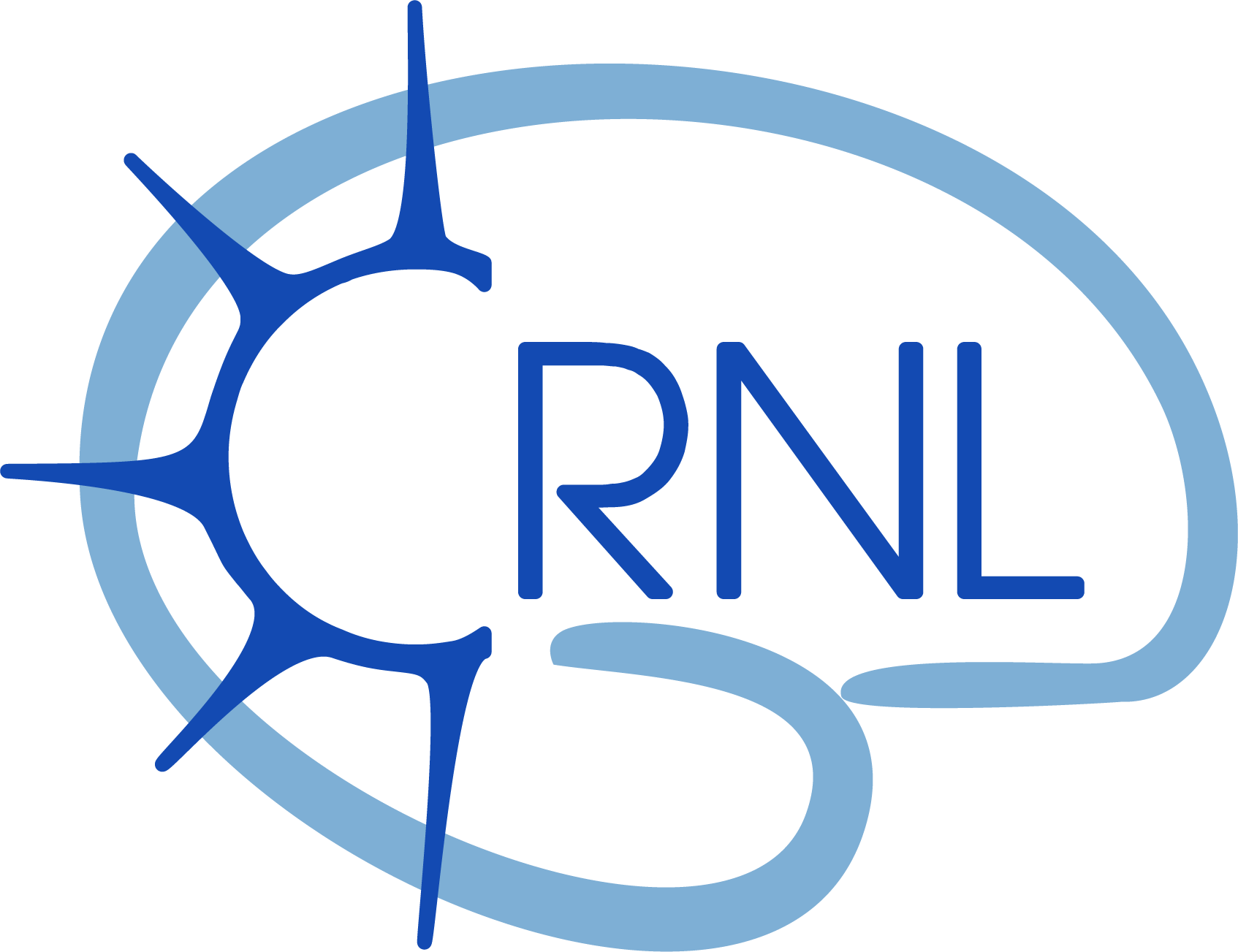Insight into continuous glucose monitoring: from medical basics to commercialized devices
Résumé
According to the latest statistics, more than 537 million people around the world struggle with diabetes and its adverse consequences. As well as acute risks of hypo- or hyper- glycemia, long-term vascular complications may occur, including coronary heart disease or stroke, as well as diabetic nephropathy leading to end-stage disease, neuropathy or retinopathy. Therefore, there is an urgent need to improve diabetes management to reduce the risk of complications but also to improve patient’s quality life. The impact of continuous glucose monitoring (CGM) is well recognized, in this regard. The current review aims at introducing the basic principles of glucose sensing, including electrochemical and optical detection, summarizing CGM technology, its requirements, advantages, and disadvantages. The role of CGM systems in the clinical diagnostics/personal testing, difficulties in their utilization, and recommendations are also discussed. In the end, challenges and prospects in future CGM systems are discussed and non-invasive, wearable glucose biosensors are introduced. Though the scope of this review is CGMs and provides information about medical issues and analytical principles, consideration of broader use will be critical in future if the right systems are to be selected for effective diabetes management.
Domaines
Chimie| Origine | Fichiers produits par l'(les) auteur(s) |
|---|
